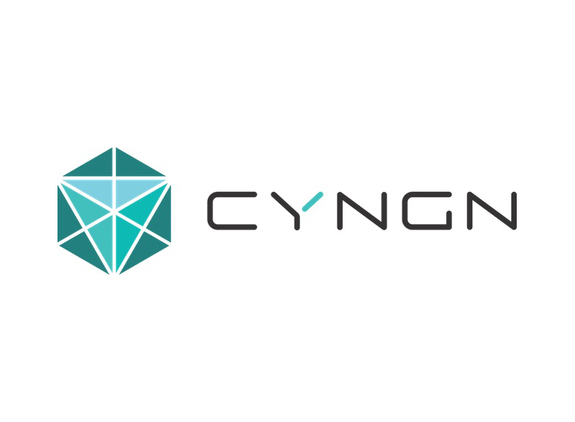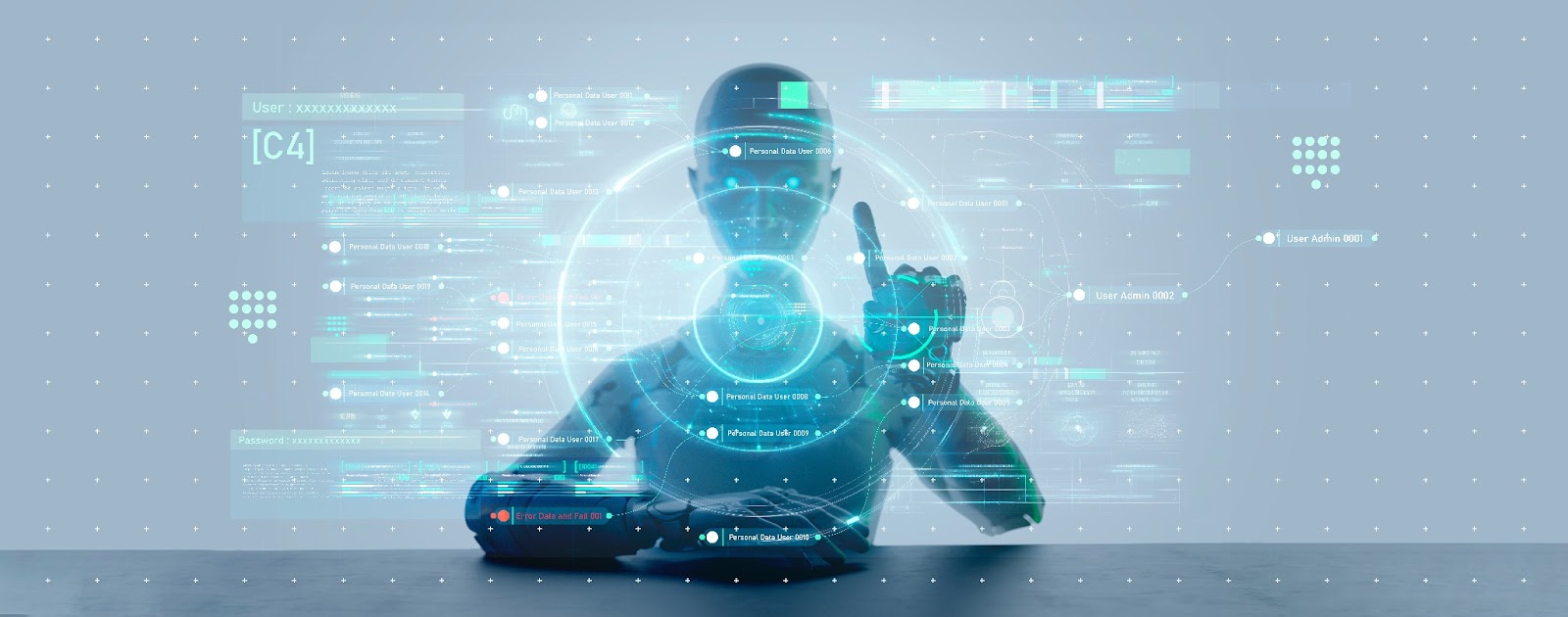Jacquelyn Oduro, the director of the WorkSafely program at the Manitoba Heavy Construction Association, highlights the numerous ways in which Artificial Intelligence (AI) can enhance safety at heavy construction sites.
In heavy construction, where risks like excavation accidents, start-ups from energized equipment, moving paving machinery, and electrical hazards are prevalent, Oduro emphasizes the potential of AI to mitigate these dangers. Drawing from her experience in heavy equipment operations and occupational health and safety, she envisions AI’s current and future role in risk reduction.
David Cain, a patent attorney based in suburban Washington, D.C., underscores AI’s capacity to elevate safety standards in construction environments through various applications. He notes that AI is already contributing to risk assessment and predictive analysis by leveraging historical project data to anticipate potential safety hazards. By scrutinizing past incidents and near misses, AI can pinpoint high-risk activities, locations, and timeframes.
Furthermore, Cain explains how predictive machine maintenance powered by AI can preempt accidents by forecasting equipment failures based on sensor data. This proactive approach enables timely servicing or replacement of machinery before breakdowns occur.
Real-time monitoring of construction sites is another area where AI excels. Through sophisticated image recognition and machine learning algorithms, AI can swiftly detect safety breaches on-site, such as workers neglecting safety protocols.
Moreover, Cain highlights the autonomous operation of construction equipment as a significant safety advancement facilitated by AI. By minimizing human intervention and ensuring precise task execution, AI reduces the likelihood of accidents stemming from human error.
Looking ahead, Cain envisions a more profound impact of AI on construction safety. He anticipates AI’s utilization in analyzing diverse datasets, including weather patterns, worker health records, and equipment usage statistics, to uncover nuanced safety risks imperceptible to human observers. This holistic approach could pave the way for proactive safety interventions.
Additionally, AI’s predictive prowess could refine risk assessment models by incorporating a broader spectrum of variables, thereby enhancing the accuracy of safety predictions and interventions. Integration of AI with technologies like virtual reality for immersive training experiences and its application in preemptive hazard identification during the design phase are among the future possibilities highlighted by Cain.
While acknowledging AI’s transformative potential in construction safety, Cain stresses the importance of integrating AI thoughtfully to complement existing safety frameworks. He underscores that while AI can significantly mitigate risks, human oversight and adherence to established safety protocols remain crucial.
Christl Aggus, the CEO of the Canadian Society of Safety Engineering, shares a cautious approach to AI adoption within her organization, emphasizing the need for thorough testing before deploying AI-driven solutions. She envisions promising applications of AI in wearables for managing stress factors like heat, noise, and vibration, albeit with a prudent testing phase.
David Dunham, the regional safety adviser at the BC Construction Safety Alliance in Fort St. John, accentuates AI’s ability to analyze photos, identify hazards, conduct ergonomic risk assessments, assist in incident investigations, and visualize data from Excel files. While recognizing AI’s capacity to streamline data analysis and provide valuable insights, Dunham advises against blind reliance on AI, emphasizing the importance of critical user engagement.






